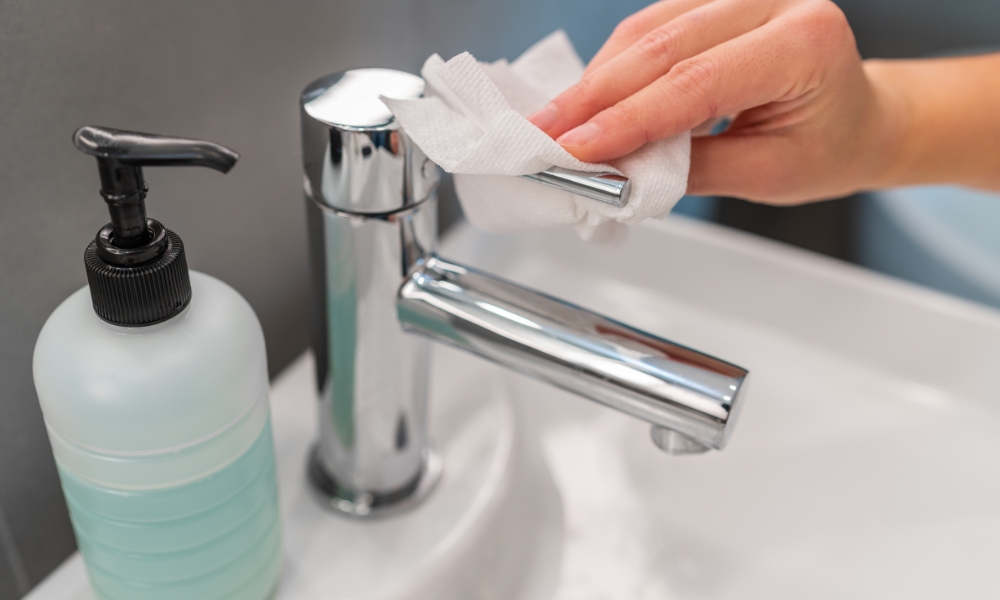Black faucets Clean are a stylish and modern addition to any kitchen or bathroom. Their sleek, sophisticated look can elevate the aesthetic of your home. However, keeping them clean and free from water spots, soap scum, and other residues requires specific care. Here’s a step-by-step guide to help you maintain the pristine condition of your black faucet.
Why Special Care for Black Faucets?
Black faucet, often made from matte or glossy finishes, can show water spots, fingerprints, and soap scum more prominently than other finishes. Regular cleaning is essential to maintain their appearance and functionality. Using the wrong cleaning products can damage the finish, so it’s crucial to use gentle, non-abrasive cleaners.
Why do black faucets require special care?
Black faucet, often finished in matte or glossy textures, show water spots, fingerprints, and soap scum more prominently than other finishes. Using the wrong cleaning products can damage the finish, so it’s crucial to use gentle, non-abrasive cleaners.
Materials You’ll Need:
- Mild dish soap
- Warm water
- Soft microfiber cloths
- White vinegar
- Baking soda
- A soft-bristle toothbrush
- A spray bottle
Step-by-Step Cleaning Guide
1. Daily Maintenance
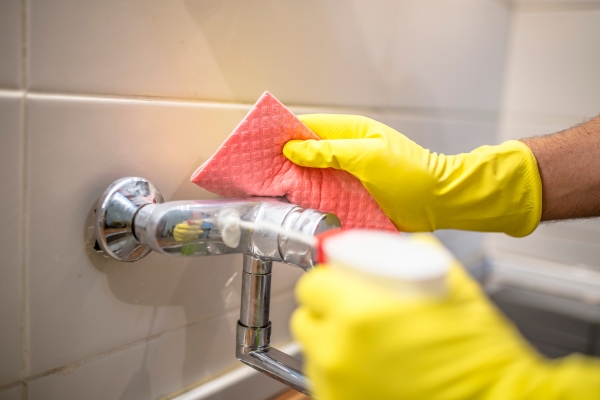
Daily maintenance is crucial to prevent the accumulation of grime and water spots on black faucets. Each day, take a few moments to wipe down the faucet with a soft microfiber cloth dampened with water. This simple step helps remove any immediate dirt or smudges and keeps the faucet looking clean and polished. By incorporating this quick routine, you can significantly reduce the need for more intensive cleaning sessions.
2. Weekly Cleaning
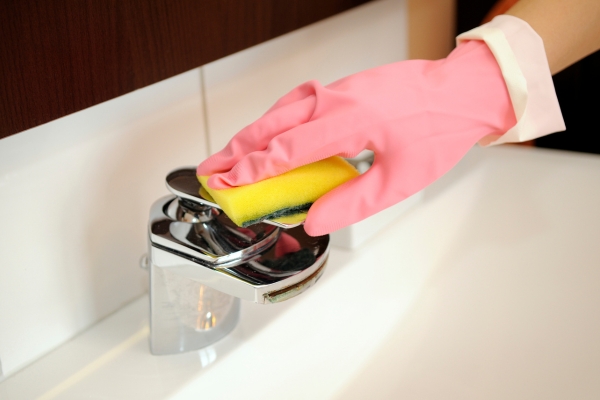
In addition to daily wiping, a more thorough weekly cleaning is essential to maintain the faucet’s luster. Begin by mixing a few drops of mild dish soap with warm water. Use a soft microfiber cloth dipped in this soapy solution to gently wipe down the entire faucet. Avoid abrasive scrubbers, which can scratch the delicate finish. After cleaning, rinse the cloth with clean water and wipe away any soap residue, then dry the faucet thoroughly with another microfiber cloth to prevent water spots from forming.
3. Removing Stubborn Spots
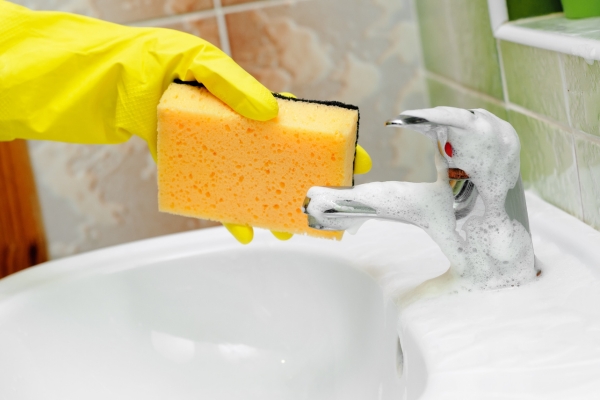
Despite regular cleaning, you may encounter stubborn spots or buildup that require extra attention. For these tough areas, a solution of white vinegar and water (in equal parts) can be highly effective. Spray the vinegar solution onto the affected areas and let it sit for a few minutes to break down the buildup. Gently scrub with a soft-bristle toothbrush to remove the spots. Once cleaned, rinse the faucet with water and dry it thoroughly to restore its shine.
4. Dealing with Limescale
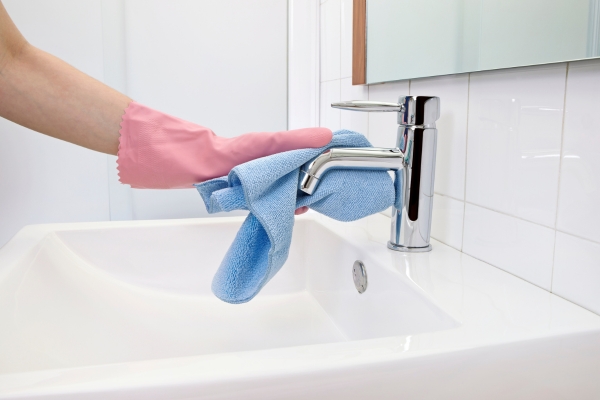
Limescale deposits can be particularly challenging on black faucet, but they can be managed with the right approach. Create a paste using baking soda and water, then apply it to the limescale-affected areas. Let the paste sit for a few minutes to allow the baking soda to work its magic. Use a soft-bristle toothbrush to gently scrub the limescale away. Rinse thoroughly with water and dry with a microfiber cloth to ensure no residue is left behind, keeping your faucet looking pristine.
Additional Tips
- Avoid Harsh Cleaners: Never use abrasive cleaners, bleach, or ammonia-based products on black faucets, as they can damage the finish.
- Use Soft Cloths: Always use soft microfiber cloths for cleaning and drying to prevent scratches.
- Prevent Water Spots: After using the Faucet Size, quickly wipe it down to prevent water spots from forming.
Conclusion
Maintaining the elegance of your black faucets requires regular, gentle cleaning. By incorporating these simple steps into your routine, you can ensure your faucets remain as stunning as the day they were installed. With the right care, your black faucet will continue to add a touch of sophistication to your home for years to come.
